Amid a wave of regulatory shifts to cryptocurrency under President Donald Trump, bitcoin experienced an unprecedented surge last month.
Given the US President’s anticipated executive order to open cryptocurrency investment options for American retirement plans such as 401(k)s, many are wondering how this shift could extend to Australian super funds.
And after a very positive first year, AMP’s Australia-first model could provide some insight.
When the super fund began researching how cryptocurrency exposure might look early last year, head of portfolio design and management, Stuart Eliot, said it based its modelling on the eight different asset classes it already traded.
“We took models that worked in other circumstances, and basically just plugged in the bitcoin price and went: ‘Wow, these work really well’,” Eliot said.
After some added tweaks and adjustments, AMP added bitcoin futures into its dynamic asset allocation program in May of last year – and has yielded very good positive results so far.
As Eliot explained, the choice to gain bitcoin exposure via the futures market was mostly down to risk mitigation, allowing the fund to capture most of bitcoin’s price upside while limiting downside exposure.
“If you look at bitcoin, it’s quite famous for having regular drawdowns of 70 or 80 per cent, and in those kinds of circumstances, we would expect to only lose 20 or 25 per cent before the models are out of the market. So it’s quite an effective market timing model,” he said.
Eliot emphasised bitcoin’s unique position in the cryptocurrency market since it doesn’t require the same sort of specialised skills required for choosing altcoins such as Ethereum and Solana.
He said AMP’s more general investment thesis for bitcoin is one of an emerging store of value asset in an increasingly digital world, likening the digital currency to gold.
In particular, he views recent stablecoin legislation in the US – such as the GENIUS Act – as a promising step towards integrating decentralised and traditional finance. This integration would ensure every transaction occurs via the most cost-effective, efficient and secure route.
“I think that’s really the way forward, and maybe stablecoins are the Trojan horse that gets digital assets across the chasm in the adoption cycle,” Eliot said.
For this financial year, Eliot said AMP plans to continue following the fund’s current trading models, which are currently long, while working to improve on and develop additional modelling.
“We are looking at some other things, but initially it’s probably around developing additional modelling. They may be based on on-chain data or reflecting changes in inflation expectations,” he said.
Eliot stated that the possible expansion of bitcoin futures exposure will be on a case-by-case basis, determined by the risk appetite of each fund within their suite.
Senior product and investment strategist at Global X, Marc Jocum, added that as the cryptocurrency industry continues to grow, he expects more institutional investors to increase their exposure to digital currencies.
Just as AMP has done, he said a lot of institutions might prefer to get exposure via the futures market since it’s more cost-effective.
He pointed to the US which has already started to see some sovereign wealth funds and institutions enter cryptocurrency ETF investment because they are liquid and low cost.
Although he was doubtful this will start happening in Australia just yet, he said as more liquidity comes into the market, it could become a more favourable environment for institutional investors.
“So naturally, as the crypto ETF industry grows, that could get more investment from bigger players”, Jocum said.
He added that Global X is already having conversations with advisers and institutions around what a 1 or a 2 per cent allocation to cryptocurrency could do for a risk-adjusted portfolio.
Eliot noted there had already been a surge of interest in cryptocurrency within the financial adviser sector, with financial advice firms currently navigating the logistical challenges of integrating cryptocurrency assets, which will include a large pool of superannuation assets.
However, many are held back by the fear that they wouldn’t be covered by professional indemnity (PI) insurance if they were to provide advice.
“Anecdotally, one of them I spoke to said he can’t speak to his children about it, even though they want to, because it might be deemed to be providing financial advice”, Eliot said.
He said the feeling among some advisers and brokers is that PI insurers won’t provide blanket approval for cryptocurrency advice. Instead, insurers want the ability to underwrite the advice or the allocation on a case-by-case basis.
But this perspective may stem from a misunderstanding, said Eliot, as insurers often seek greater clarity on the nature of the advice to assess their willingness to underwrite the specific risk.
“I think as financial advice practices start to understand that, then maybe we’ll see a little bit more progress in that space – and that’s also for super funds,” he said.
Looking at the future of retirement investing, a new report from Investors Observer found a rapidly widening gap in retirement investment strategies across American generations.
The research indicates that Gen Z and Millennials are preferring to invest in cryptocurrency exchange-traded funds as well as fintech, AI and gaming themes.
Sam Bourgi, a finance analyst and researcher at Investors Observer, said although the findings are rooted in American data, what’s happening in the US offers insight into future developments for other countries, such as Australia.
“Retirement investing is no longer set in stone and the future belongs to those willing to learn, adapt and blend old wisdom with new ideas,” he said.



